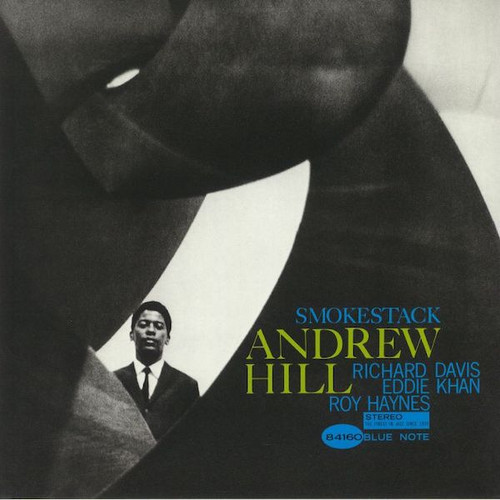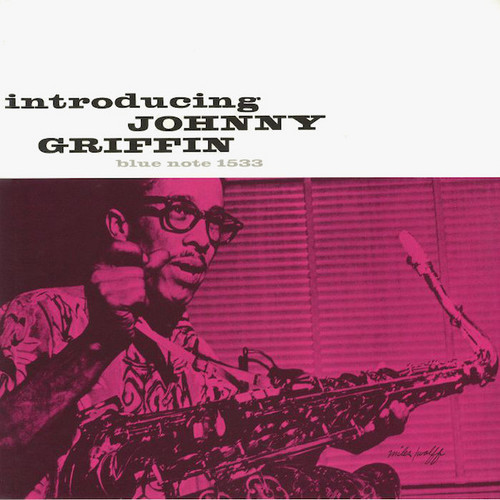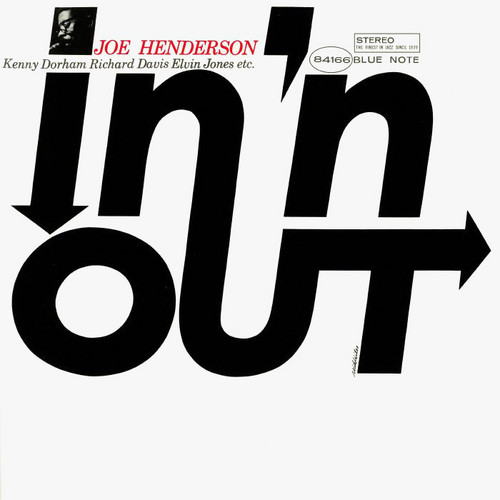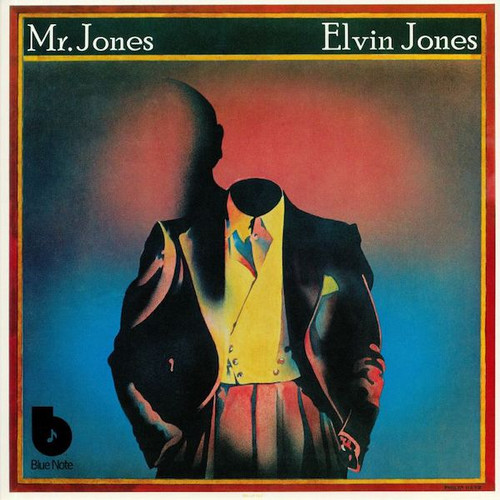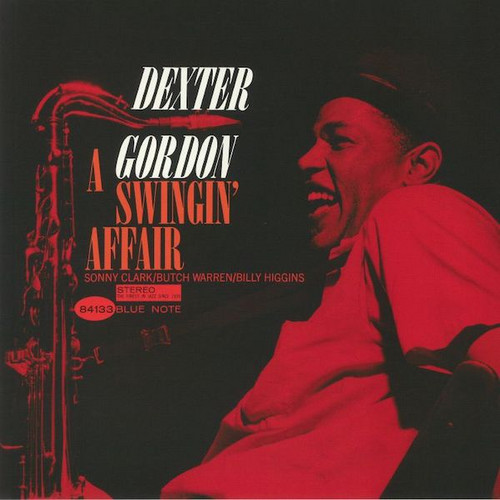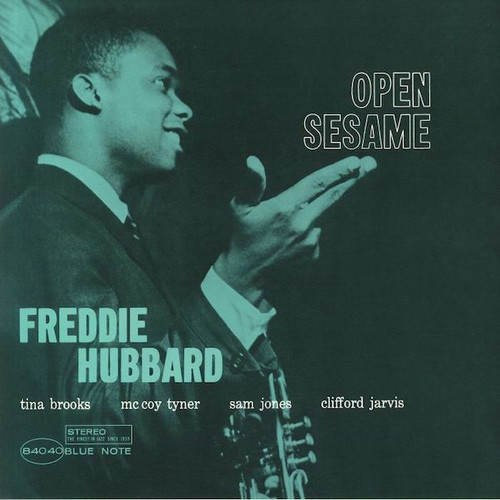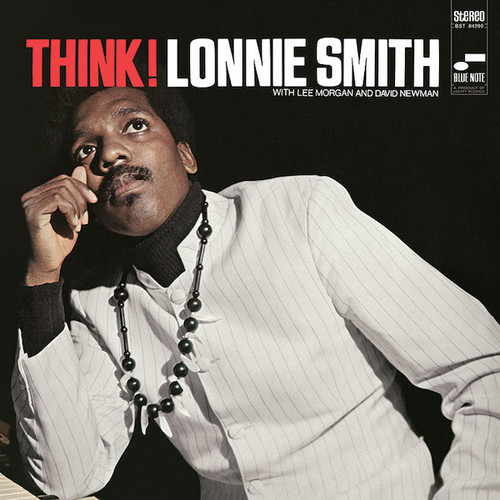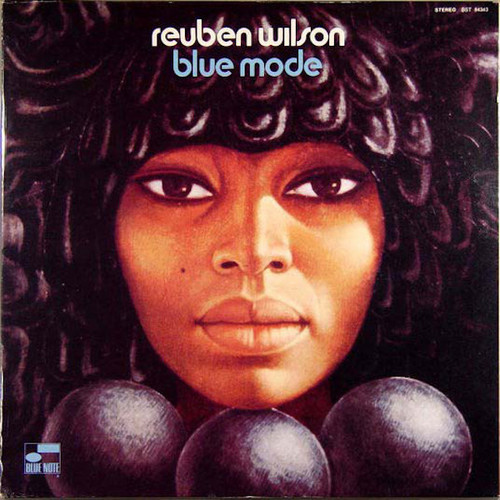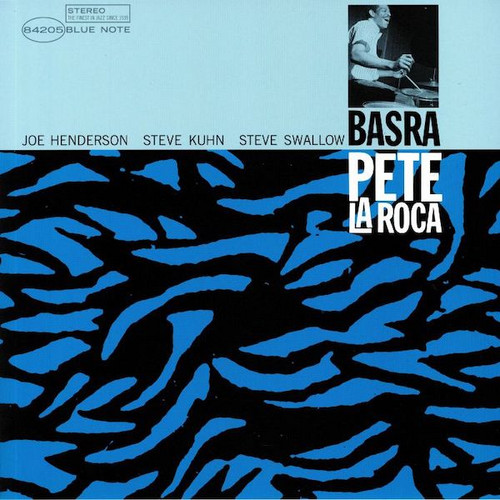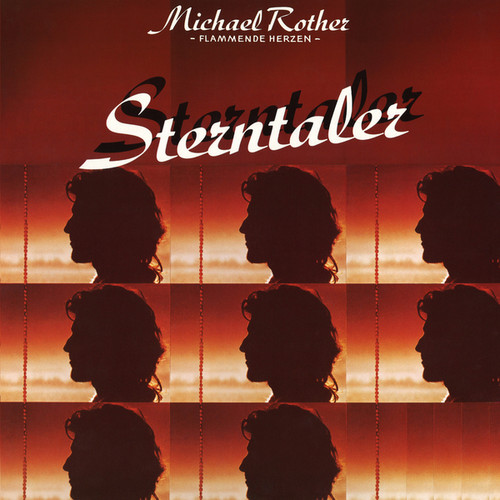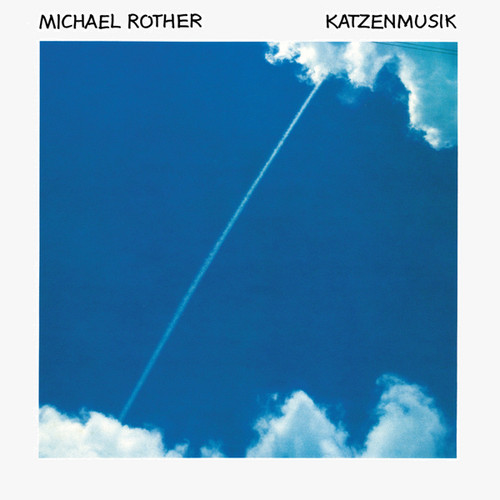Reissues
Smoke Stack
On his second Blue Note album Smoke Stack, pianist and composer Andrew Hill used an unusual line-up of two bassists (Richard Davis and Eddie Khan) along with the masterful Roy Haynes on drums. Blue Note founder Alfred Lion considered Hill to have as distinct and important a compositional voice as Thelonious Monk, and the seven Hill compositions that the quartet explore here contain all the rare beauty to be found in his music. Designer Reid Miles photographed Hill himself for the striking album …
The Rumproller
After trumpeter Lee Morgan set the music world on fire with the runaway success of his hit soul-jazz single “The Sidewinder” in 1964, many artists tried to duplicate his triumphant feat in search of another boogaloo sensation. Even Morgan himself cooked up funky follow-ups using “The Sidewinder” recipe including “The Rumproller,” which was recorded the next year. Beyond the groovy title tune (which was written by Andrew Hill) the quintet featuring Joe Henderson on tenor saxophone, Ronnie Mathews…
Introducing Johnny Griffin
Johnny Griffin had been kicking around in R&B bands for years before his Blue Note debut in 1956. And what was "introduced" was a tenor saxophonist with a fresh sound, a warm, soulful style and the fastest technique in jazz. He moves from lyrical ballads to blistering tempos with ease. Within two years, Griff would become one of the leading tenor saxophonists in jazz as a member of Thelonious Monk's quartet.
In 'N Out
Recorded in April 1964, In ‘N Out falls square in the middle of the formidable run of five classic Blue Note albums that launched tenor saxophonist Joe Henderson’s legendary career. The line-up featured the transcendent frontline of Henderson and trumpeter Kenny Dorham along with a powerful rhythm section with pianist McCoy Tyner, bassist Richard Davis, and drummer Elvin Jones. The music charted expansive post-bop territory on three Henderson’s originals (“In ‘N Out” “Punjab” “Serenity”) and two…
Mr. Jones
After his six years with the seminal John Coltrane Quartet, the mighty drummer Elvin Jones signed with Blue Note Records in 1968 and made a series of 10 fantastic albums including 1972’s Mr. Jones, produced by Francis Wolff and George Butler, and featuring saxophonists Dave Liebman, Steve Grossman, and Pepper Adams, Thad Jones on flugelhorn, pianist Jan Hammer, bassist Gene Perla, and percussionists Carlos “Patato” Valdes, Frank Ippolito, and Albert Duffy. The music delves into expansive post-bo…
Doin' Allright
Though he first recorded in the late-1940s, Dexter Gordon’s Blue Note debut Doin’ Allright—recorded and released in 1961—marked a rebirth for the great tenor saxophonist after a decade in which drug addiction and legal troubles limited his output. But his Blue Note years put him back on top with a run of essential albums that stand as classics of the jazz canon. Doin’ Allright featured a top flight quintet with trumpeter Freddie Hubbard, pianist Horace Parlan, bassist George Tucker, and drummer …
A Swingin' Affair
Just 2 days after saxophonist Dexter Gordon recorded his classic album GO! in August 1962 he brought the same quartet with pianist Sonny Clark, bassist Butch Warren, and drummer Billy Higgins back into Rudy Van Gelder’s studio to record the equally sublime A Swingin’ Affair. All the joy and beauty of the great tenor man’s music can be found in the irrepressible opener “Soy Califa,” a Gordon original that moves deftly between Latin and swing rhythms as Dex holds forth with his commanding horn. Th…
Open Sesame
Trumpeter Freddie Hubbard burst upon the Blue Note scene in June 1960 with his auspicious debut album Open Sesame. Within 6 months Hubbard had already recorded a follow-up (Goin’ Up) and appeared as a sideman on sessions with Tina Brooks (True Blue), Hank Mobley (Roll Call), Kenny Drew (Undercurrent), and Jackie McLean (Bluesnik). Hubbard’s bravado style was already fully formed on Open Sesame with his brilliant tone and jaw-dropping technical prowess at the helm of sterling quintet with tenor s…
Think!
One of the funkiest & most inventive organists to ever walk the earth, Dr. Lonnie Smith made his name on Blue Note beginning with his 1968 label debut Think! Produced by Francis Wolff, the album featured trumpeter Lee Morgan, tenor saxophonist David Newman, guitarist Melvin Sparks, and drummer Marian Booker Jr., with Henry "Pucho" Brown, William Bivens, and Norberto Apellaniz adding percussion on two tracks. Groove is the thing on this session from the hard-driving opener “Song of Ice Bag” writt…
Blue Mode
For his third Blue Note album Blue Mode (1969), organist Reuben Wilson kept it right in the pocket and laid down one of the funkiest soul jazz workouts of the late-60s. Produced by Francis Wolff, the date featured Wilson at the helm of an airtight quartet with tenor saxophonist John Manning, guitarist Melvin Sparks, and drummer Tommy Derrick. Highlights of the set include Wilson’s grooving originals “Bus Ride,” “Orange Peel,” and “Blue Mode,” along with covers of Eddie Floyd’s “Knock On Wood” an…
Grant's First Stand
Grant Green's debut album, Grant's First Stand, still ranks as one of his greatest pure soul-jazz outings, a set of killer grooves laid down by a hard-swinging organ trio. For having such a small lineup, just organist Baby Face Willette and drummer Ben Dixon -- the group cooks up quite a bit of power, really sinking its teeth into the storming up-tempo numbers, and swinging loose and easy on the ballads. From the first note of "Miss Ann's Tempo," they establish a groove, and swing like hell thro…
Alive!
After a prolific 5-year run from 1961-1965 when he made more than 20 great hard bop & soul jazz albums for Blue Note, guitarist Grant Green took a 4-year hiatus from recording. When he returned to Blue Note in 1969, Green’s style had moved into funkier territory as was perfectly captured on his first-ever live album “Alive!” which captured a hard-driving set of jazz-funk at the Cliché Lounge in Newark, New Jersey in 1970. The band is propelled by drummer Idris Muhammad who keeps a fire burning u…
Blacks And Blues
Flutist Bobbi Humphrey found wide success with Blacks and Blues (1973), her breakout third album for Blue Note, working with the Mizell Brothers (who had recently hooked up with Donald Byrd to produce the trumpeter’s landmark album Black Byrd) to create a jazz-funk classic for the ages featuring the standout track “Harlem River Drive.” Humphrey’s alluring flute and breezy vocals paired with Larry Mizell’s compelling R&B jazz fusion compositions and production proved a winning combination that wo…
Basra
By the time drummer Pete La Roca recorded his debut album Basra in 1965 he had already appeared on 9 Blue Note sessions as a sideman and spent time in bands led by Sonny Rollins and John Coltrane. But it was another tenor titan, Joe Henderson, that La Roca brought in as the sole horn voice to front a dynamic quartet that was completed by what liner note writer Ira Gitler called “one of the most attuned rhythm sections in jazz” featuring bassist Steve Swallow and pianist Steve Kuhn. The resulting…
Takin' Off
On his debut album Takin’ Off—recorded and released in 1962—jazz legend Herbie Hancock arrived fully formed at the helm of an impressive quintet with trumpeter Freddie Hubbard, tenor saxophonist Dexter Gordon, bassist Butch Warren, and drummer Billy Higgins. Though rooted firmly in hard bop, the brilliant pianist and composer presented his own strikingly original voice on this 6-song album consisting entirely of his own compositions from the funky hit “Watermelon Man” to the timeless ballad “Alo…
Inventions & Dimensions
For his third Blue Note album Inventions & Dimensions (1963), pianist Herbie Hancock began moving away from the modernist hard bop sound that defined his first two albums Takin’ Off and My Point Of View. Inspired by explorers like Eric Dolphy and Tony Williams, Hancock went in search of greater musical freedom by composing a set of ingenious originals each with their own unique inner logic that did away with what he considered the established jazz “assumptions” of the time. Hancock also pared th…
Dawn of the Dead
**Limited Transparent Lime Vinyl** Rustblade presents Claudio Simonetti and his Goblin playing and reinterpreting the score of one of the most famous horror movies of all times to celebrate 40 years of the idolised film Dawn of the Dead directed by George Romero and produced by Dario Argento. The music that accompanies the movie is a mix of prog and electronic rock full of tension and magic tribalism. Piercing guitars, synth orchestration and virtualism give life to thousands of blood thirsty zo…
Full Circle
A total peach comes back into circulation with Holger Czukay’s beguiling, heavily grooving ‘Full Circle’, starring crucial input from his Can bandmate Jaki Liebzeit on drums and Jah Wobble weilding the bass
Instantly loveable for the grooving punk-disco ear worm of album opener ‘How Much Are They? - a big anthem in mid ‘80s Belgium and elsewhere - listeners will also encounter the muggy dub of ‘Where’s The Money?’ and the playfully exotic concrète-jazz-funk of ‘Full Circle R.P.S. (No. 7)’, along…
Sterntaler
Reissue of 'Sterntaler', the second studio album by the German solo artist Michael Rother. It was released in 1978 and includes the single "Sterntaler" b/w "Sonnenrad".
"The album was recorded between September and November 1977 in Germany at Rother's own studio in Forst and Conny's Studio. Receiving positive reviews the album was released as an LP in 1977 before it was re-released by Polydor in 1982. The album was reissued on CD in 1993 with bonus tracks and having been remastered. The artwork …
Katzenmusik
Reissue of Katzenmusik, the third studio album by the German solo artist Michael Rother. It was released in 1979 and includes the single "Katzenmusik 9" b/w "Katzenmusik 2".
"The album was recorded between March and July 1979 in Germany at Rother's own studio in Forst and Conny's Studio. Receiving positive reviews the album was released as an LP in 1979 before it was re-released by Polydor in 1982. The album was issued on CD in 1990, and then reissued again in 1993 with bonus tracks and having …
